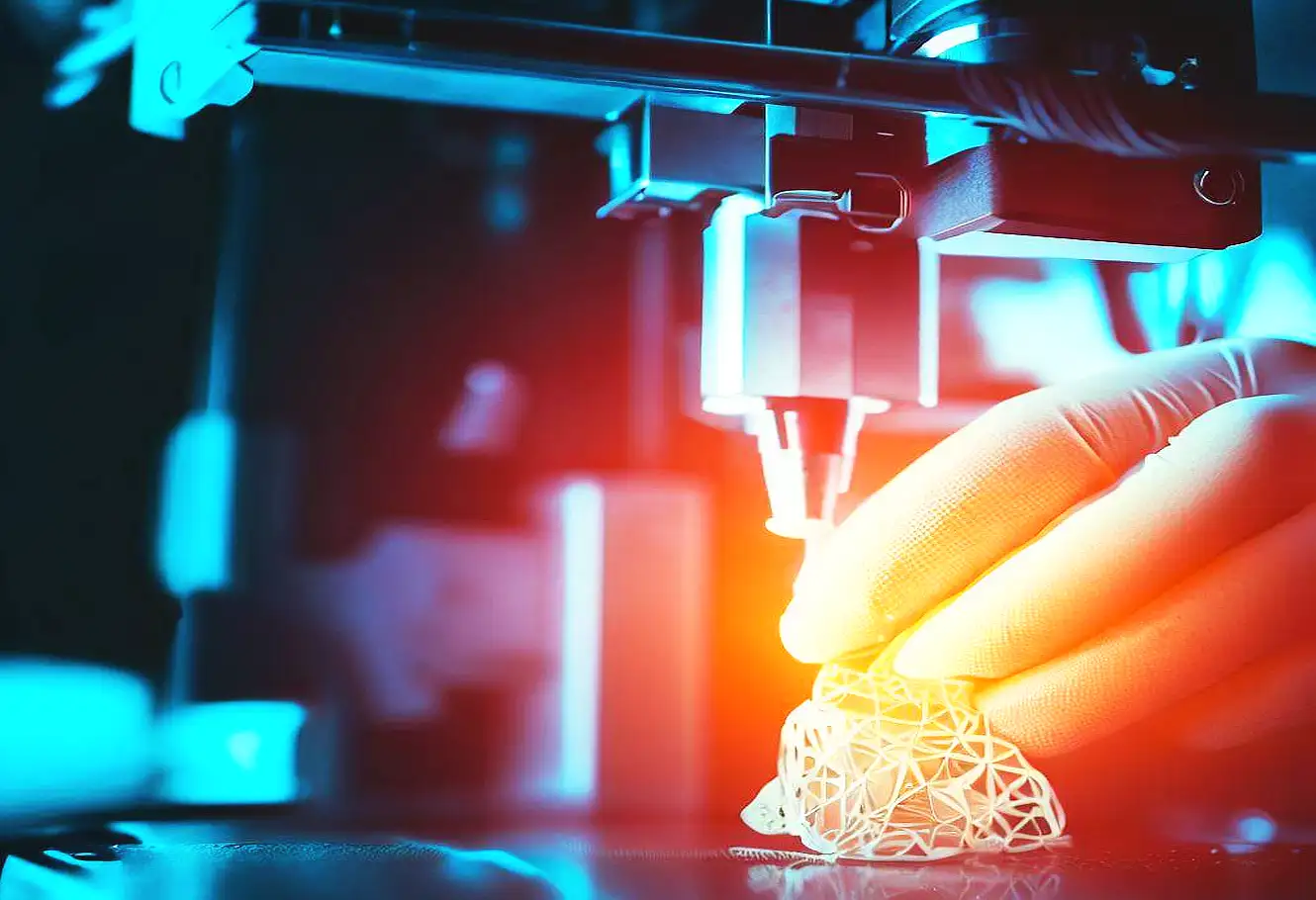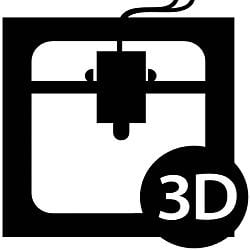Applications of 3D Printing in Medicine.

L'importanza della Stampa 3D nella Medicina
3D Printing ha trovato molte applicazioni nella medicina, including the production of customized prostheses and implants, the creation of anatomical models for surgical planning and production of personalized drugs. Thanks to 3D printing, Medical implants can be created more efficiently and precisely, riducendo il tempo di produzione e aumentando la sicurezza del paziente.
In addition, la capacità di creare modelli anatomici personalizzati consente ai chirurghi di pianificare interventi più precisi e ridurre il rischio di complicazioni. Generally, la stampa 3D sta rivoluzionando il mondo della medicina e si prevede che continuerà a essere una tecnologia fondamentale per migliorare la qualità della vita dei pazienti.
La Produzione di Protesi con la Stampa 3D
La stampa 3D ha rivoluzionato la produzione di protesi per le persone che hanno subito amputazioni o che hanno malformazioni congenite. Thanks to 3D printing, è possibile creare protesi personalizzate che si adattano perfettamente all’anatomia del paziente, migliorando il comfort e la funzionalità della protesi stessa. In addition, la produzione di protesi tramite stampa 3D è più rapida ed economica rispetto ai metodi tradizionali, il che significa che più persone possono avere accesso a protesi di alta qualità.
La stampa 3D consente anche di creare protesi più leggere e resistenti, migliorando ulteriormente la qualità della vita dei pazienti. Generally, la stampa 3D sta rivoluzionando la produzione di protesi e si prevede che continuerà a farlo in futuro, migliorando sempre di più il supporto alle persone con disabilità fisiche.
Creazione di Modelli Anatomici per la Chirurgica con la Stampa 3D
3D Printing viene utilizzata sempre più spesso per la creazione di modelli anatomici personalizzati. Questi modelli possono essere creati a partire dai dati dei pazienti, come ad esempio le immagini ottenute da tomografie computerizzate o risonanze magnetiche, e poi stampati in 3D. Thanks to 3D printing, è possibile creare modelli anatomici dettagliati e precisi che consentono ai medici di avere una rappresentazione fisica dell’area del corpo su cui dovranno intervenire.
Ciò significa che i medici possono pianificare l’intervento in modo più accurato, riducendo il rischio di complicazioni e migliorando la prognosi del paziente. In addition, i modelli anatomici personalizzati possono essere utilizzati anche per scopi educativi, consentendo agli studenti di medicina di esercitarsi su modelli che riproducono fedelmente l’anatomia umana. Generally, la stampa 3D sta rivoluzionando l’approccio alla medicina, consentendo di migliorare ulteriormente la qualità delle cure mediche e di rendere la medicina più personalizzata.
Produzione di Farmaci Personalizzati con la Stampa 3d
La stampa 3D può essere utilizzata anche per la produzione di farmaci personalizzati. Una volta ottenuti i dati del paziente, come ad esempio il profilo genetico o i livelli di determinati metaboliti, è possibile utilizzare la tecnologia di stampa 3D per creare farmaci su misura per il paziente. Questo approccio personalizzato alla produzione di farmaci può migliorare significativamente l’efficacia del trattamento e ridurre gli effetti collaterali, poiché i farmaci sono progettati per essere specifici per le esigenze del paziente.
In addition, la produzione di farmaci personalizzati tramite stampa 3D può migliorare la velocità di produzione e ridurre i costi, il che significa che questi trattamenti potrebbero diventare più accessibili per i pazienti in futuro. Generally, la stampa 3D sta rivoluzionando anche l’approccio alla produzione di farmaci, aprendo la strada a nuove terapie personalizzate e migliorando ulteriormente la qualità delle cure mediche.
